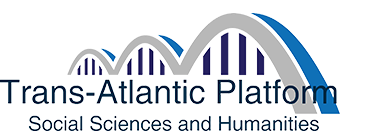Abstract
While research shows that the quantity and types of language heard by children affects language development, we know very little about the natural variability in language environments across individuals, communities, and languages. New technologies allow us to record and measure children’s language experiences across a typical day, in ways that are in principle comparable across populations. However, the field lacks standardized approaches to compare such language quantity and type across populations, and the tools needed to analyze child language experiences on a large scale are not fully developed. This proposal brings together child language researchers and speech science engineers to analyze daylong naturalistic recordings using both traditional hand-annotation and large-scale automated methods. Using this approach, we will analyze the speech infants hear within and across cultures and languages, and how these differences predict infants’ own subsequent language production.


